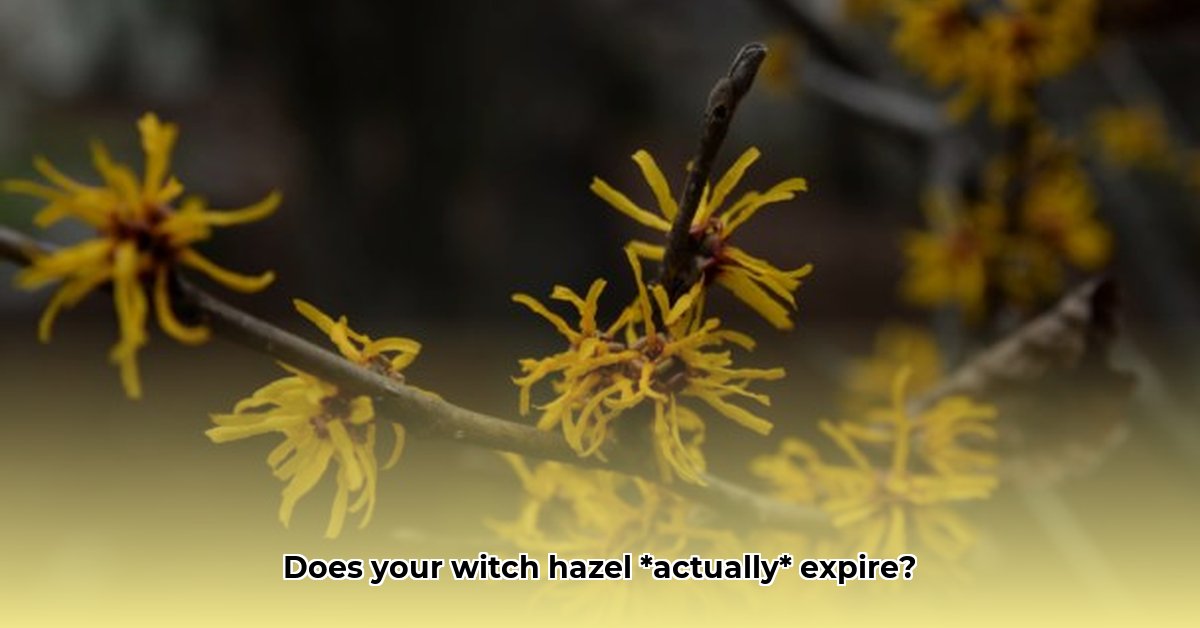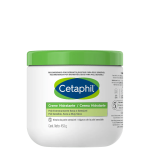Yes, witch hazel does expire. This comprehensive guide covers everything you need to know about its shelf life, how to spot expired witch hazel, safe storage practices, and proper disposal.
How Long Does Witch Hazel Last?
Witch hazel, like any skincare product, has a limited shelf life. Several factors influence its longevity, including the type of witch hazel and how it’s stored. While not hazardous after expiring, using expired witch hazel can be less effective and potentially irritate skin.
Shelf Life Variations
- Unopened Commercial (with Preservatives): Typically lasts 2-3 years, sometimes longer. Check the label for a “best by” date. While some manufacturers may claim an indefinite shelf life, replacing it every two years is a good rule of thumb.
- Opened Commercial (with Preservatives): Generally good for 6-12 months after opening. Exposure to air and bacteria can degrade the product.
- Unopened Natural/Organic (Preservative-Free): Likely lasts up to 2 years. These formulations are more susceptible to spoilage.
- Opened Natural/Organic (Preservative-Free): Shelf life significantly reduces to around 6 months or less after opening.
- Homemade Witch Hazel: Generally lasts up to 1 year unopened and 3-6 months opened, especially if refrigerated.
Here’s a quick reference table:
| Type of Witch Hazel | Unopened Shelf Life | Opened Shelf Life |
|---|---|---|
| Commercial (with Preservatives) | 2-3 years (or more) | 6-12 months |
| Natural/Organic (Preservative-Free) | Up to 2 years | 6 months (or less) |
| Homemade Witch Hazel | Up to 1 year | 3-6 months |
How to Spot Expired Witch Hazel
Knowing if your witch hazel is still good involves a sensory check:
- Color Check: Fresh witch hazel is clear and colorless. Discoloration (yellowing, cloudiness) suggests expiration.
- Sniff Test: Fresh witch hazel has a light, slightly astringent, and somewhat earthy aroma. A sour, musty, or dull smell indicates spoilage.
- Consistency Check: Expired witch hazel may thicken, thin out, or become more viscous. The usual consistency is watery.
Risks of Using Expired Witch Hazel
While unlikely to cause serious harm, using expired witch hazel carries some risks:
- Reduced Effectiveness: The active compounds break down, diminishing the product’s benefits.
- Skin Irritation: Degradation can lead to redness, itching, or burning sensations.
- Increased Infection Risk: Bacterial growth in the expired product can cause skin infections, especially if applied to broken skin.
Consult a dermatologist if you experience any adverse reactions after using witch hazel.
Storing Witch Hazel to Maximize Shelf Life
Proper storage helps maintain witch hazel’s quality:
- Cool, Dark Place: Store away from direct sunlight and heat. A bathroom cabinet or drawer is ideal.
- Tightly Sealed: Always ensure the cap is securely closed to prevent evaporation and contamination.
- Refrigeration (Optional): While not essential for commercial witch hazel, refrigerating, especially natural/organic versions, may slightly extend shelf life and provides a refreshing cooling sensation upon application.
Disposing of Expired Witch Hazel
Safe disposal depends on your local regulations. While often safe to pour down the drain, the alcohol content in some formulations might require disposal as hazardous waste. Contact your local waste management agency for specific guidelines. Some pharmacies may also offer take-back programs. Always rinse and recycle the bottle if possible.
Witch Hazel FAQ
- Does refrigeration significantly extend witch hazel’s shelf life? Refrigeration primarily affects the product’s temperature, not shelf life. It offers a refreshing feeling upon application but only minimally impacts how long the product lasts.
- My witch hazel doesn’t have an expiration date. How long is it good for? If there’s no expiration date, err on the side of caution and replace it after two years.
- What are some alternatives to witch hazel? Depending on your needs, alternatives include rosewater, aloe vera, or chamomile tea, which offer similar soothing and toning properties. Always research these alternatives to ensure they’re suitable for your skin type and intended use.
Conclusion
Witch hazel is a versatile natural remedy. By understanding its shelf life, recognizing signs of expiration, and storing it correctly, you can maximize its benefits while minimizing potential risks. Always check product labels and prioritize safe usage. When in doubt, consult a dermatologist or healthcare professional.
- Doctor Work Life Balance: Proven Strategies for Physician Well-being - November 20, 2025
- Find Your Work-Life Harmony: Quotes for a Fulfilling Life - November 18, 2025
- CRNA Work-Life Balance: Strategies for a Healthier Lifestyle - November 16, 2025
















